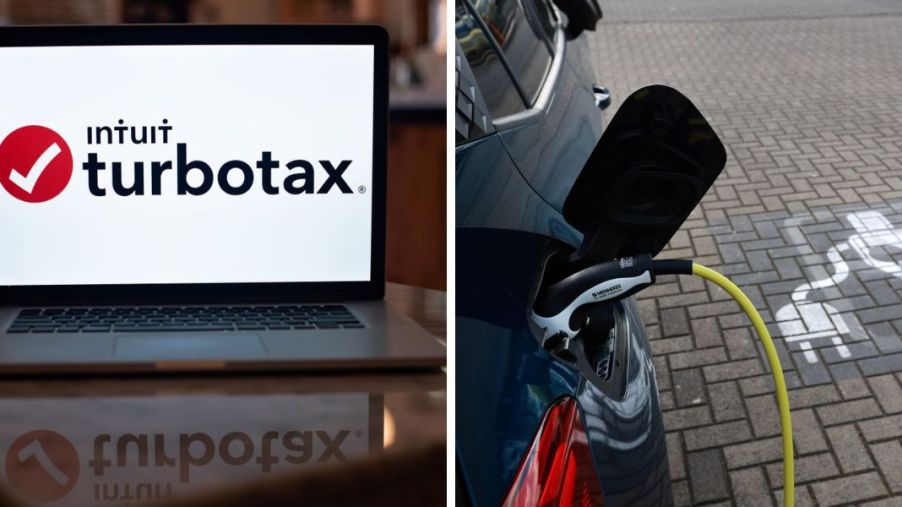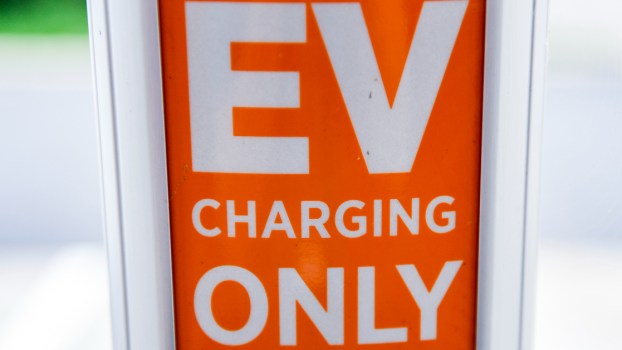
What TurboTax Form Do You Need to File to Claim Your Electric Vehicle (EV) Tax Credit?
We all know we can save fuel money if we ditch the gas-powered car and buy an EV instead. However, for some people, you might be able to save a bit more this year since it’s tax season. If you bought an electric vehicle last year, you could qualify for a tax credit. So, if you use TurboTax or another tax filing program, which forms will you need to use to claim that credit?
How to determine the amount of tax credit you could qualify for
With the new rules developed from the Clean Air Act, the IRS has published a list on its website of the EV manufacturers that qualify for tax credits, which is where you will need to start. Find out if the vehicle you purchased meets the requirements to receive the credit and help you save money on your taxes. For electric cars bought after Aug. 16, 2022, new rules will apply. You will also have to determine where the vehicle was assembled in its final form.
Under each manufacturer listed on the IRS website, you’ll find information for the models and the year that qualifies for the credit. You will also see the amount you could receive for that particular vehicle. For example, a 2014 Honda Accord Plug-in Hybrid could qualify for $3,626. However, the qualifications are subject to can change in the future.
Additionally, you may not necessarily get the exact amount listed when you complete your taxes. You will need to have a tax liability to use the credit, and what you receive could depend on the amount of that liability. The tax credit is nonrefundable, so it can’t bring your tax liability below zero, but it can reduce it to zero if your situation warrants it. So, you might only receive a portion of the expected amount.
Which tax form do you need to claim an EV credit on your taxes?

There are two forms for electric vehicle purchases, each with different requirements. The one you will need to fill out will depend on your situation. Form 8834 will get you a tax credit for an EV purchase made in previous tax years. With this one, you’re allowed a credit equal to 10 percent of the EV with a maximum of $2,500.
To qualify, the vehicle must be under 14,000 lbs, driven on public roads, charged using an external plug-in, not explicitly purchased for resale, and operated primarily in the U.S. It should also need to have a battery capacity of at least 4kWh if four-wheeled, and at least 2.4 kWh if two-wheeled.
According to TurboTax, Form 8936 allows you to claim a tax credit for a plug-in electric drive EV purchased during the current tax year. As with Form 8834, you must be the vehicle’s original owner, among other matched qualifications. However, Form 8936 allows a credit of $7,500 maximum, depending on your specific tax situation.
If you purchased the EV from a dealer, they typically will certify the vehicle as qualified to receive the credit if it meets the requirements. However, suppose the IRS adjusts the qualifications for a car before you claim the credit, affecting your specific model. In that case, you will no longer qualify for it despite the previous certification.
Can you claim an EV you purchased at the beginning of 2023?
With gas prices being high in many areas, many drivers have gone out and taken advantage of any dealership deals and purchased an electric vehicle at the beginning of 2023. While it’s tempting to add it to your current taxes, it, unfortunately, will not qualify until you do your taxes for 2023.
However, there are different rules for EVs purchased this year. IRS published a list of the manufacturers that qualify for the 2023 tax year. Some haven’t been properly evaluated, though. So, your vehicle may qualify later this year.
Of course, you will need to meet other requirements, such as having a model with its final assembly at a North American location, and the price shouldn’t exceed $80,000 for SUVs, vans, and trucks. For cars, the cost should not exceed $55,000. Along with published IRS info, you can use online calculators to help you determine what your tax credit could be.
If you purchased an EV last year, or in years past, you might qualify for a tax credit on your federal return as long as you choose to file the correct form. A software program like TurboTax will walk you through filling out the correct forms to receive the proper tax credit for your situation.



